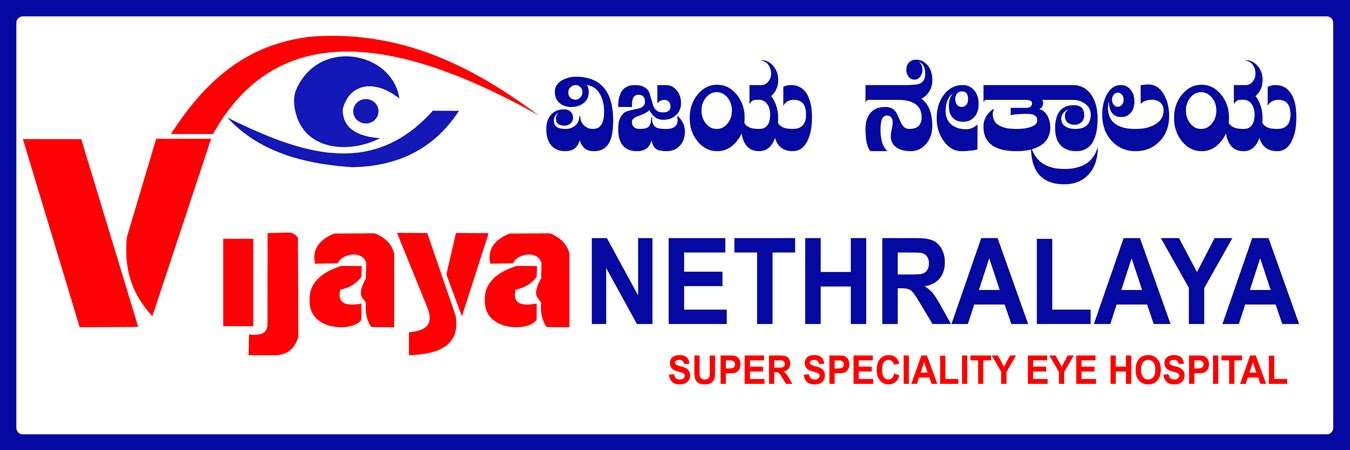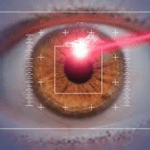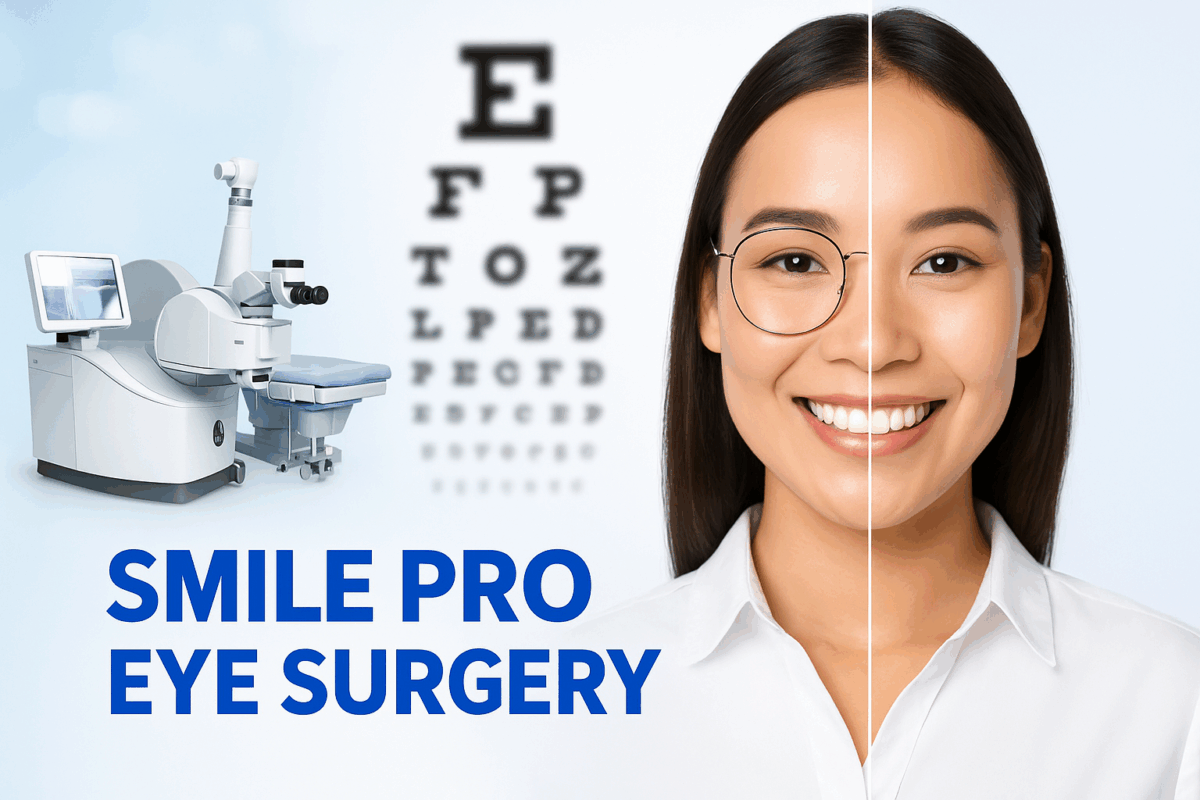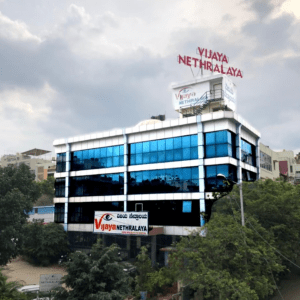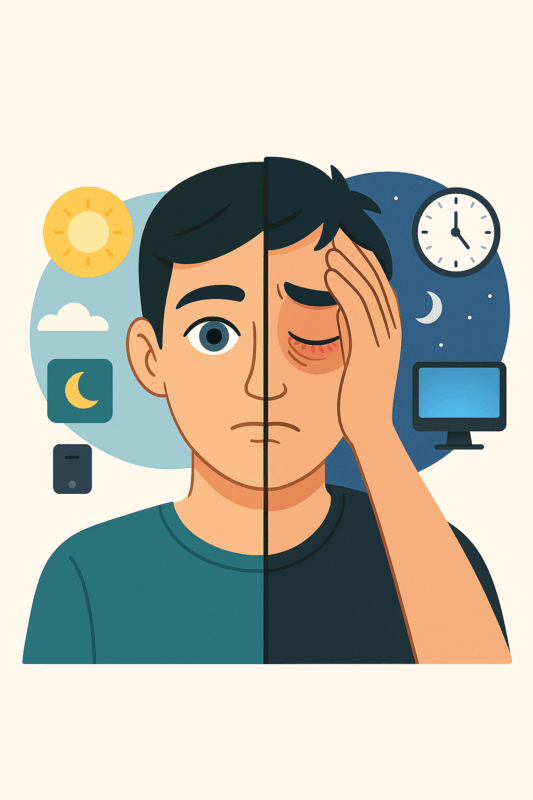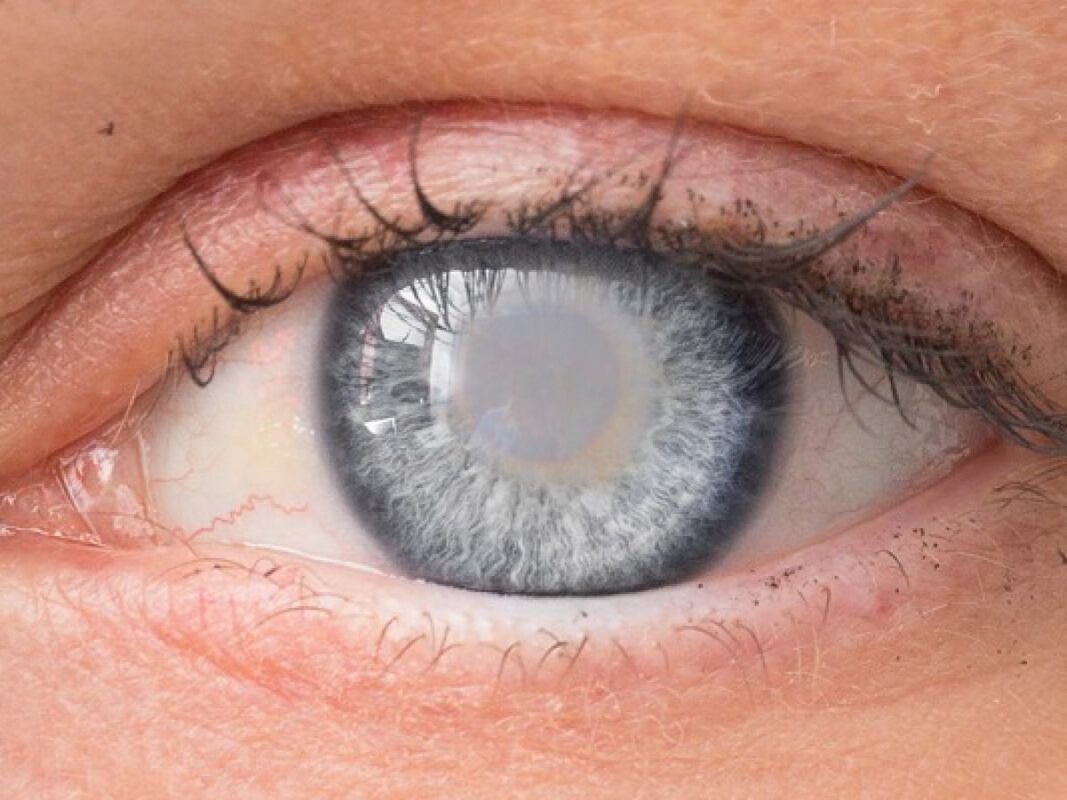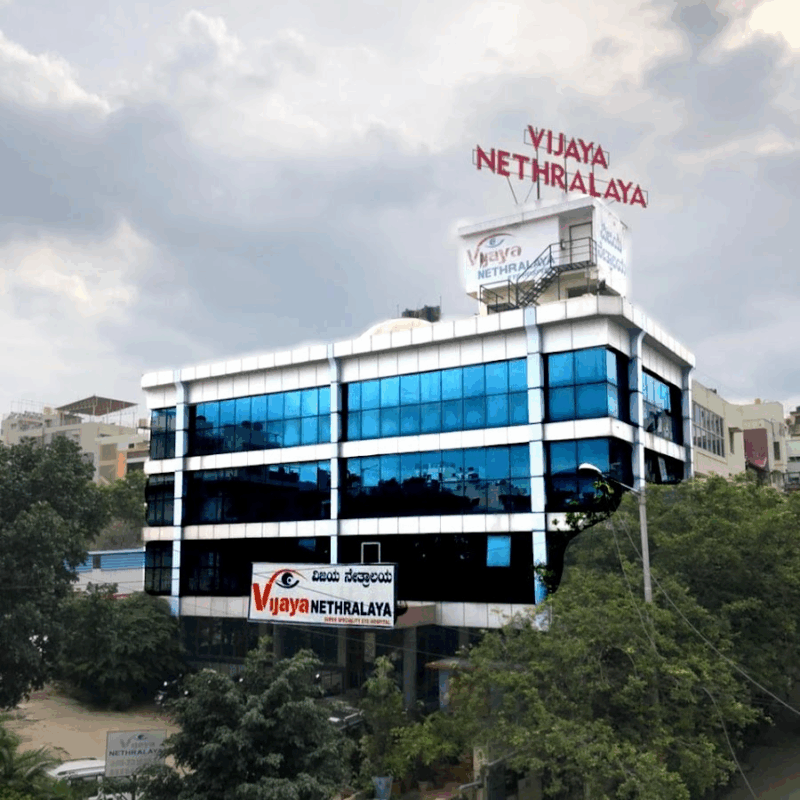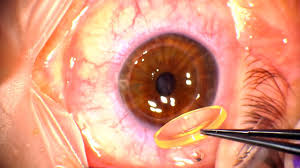Laser eye treatment, commonly known as laser eye surgery or LASIK (Laser-Assisted in Situ Keratomileusis), is a popular and effective method to correct various vision problems, such as nearsightedness (myopia), farsightedness (hyperopia), and astigmatism. The procedure uses advanced laser technology to reshape the cornea, the clear front surface of the eye, so that light entering the eye is properly focused onto the retina. This article provides a detailed overview of the laser eye treatment procedure, its benefits, risks, and recovery process.
1. What is Laser Eye Treatment?
Laser eye treatment is a surgical procedure designed to improve vision and reduce or eliminate the need for corrective eyewear such as glasses or contact lenses. It works by reshaping the cornea, which is the transparent, dome-shaped surface that covers the front of the eye. By altering the curvature of the cornea, light entering the eye is better focused, allowing the retina to receive a clearer image.
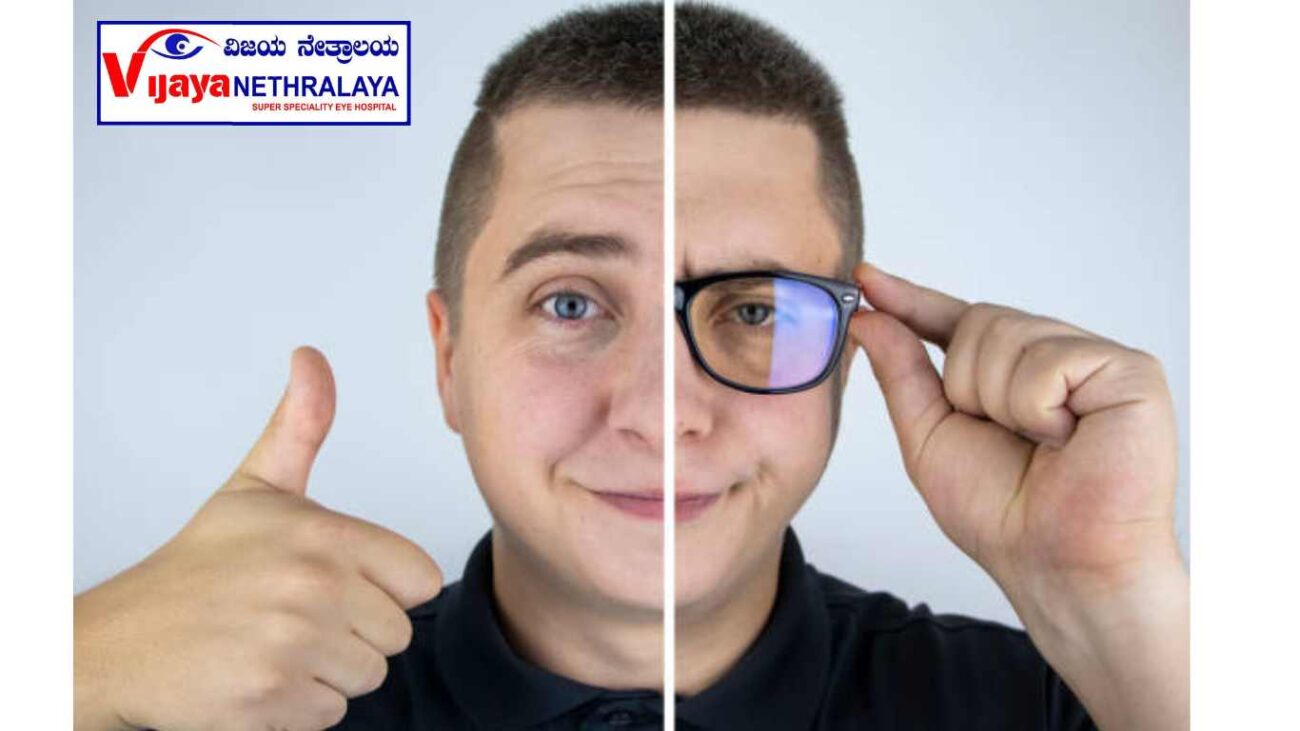
2. Types of Laser Eye Procedures
While LASIK is the most well-known type of laser eye surgery, there are other variations of the procedure that may be suitable for different patients. These include:
- LASIK (Laser-Assisted in Situ Keratomileusis): The most commonly performed laser eye surgery, LASIK involves creating a thin flap in the cornea, which is lifted to allow the laser to reshape the underlying tissue. The flap is then repositioned without the need for stitches.
- PRK (Photorefractive Keratectomy): In PRK, no flap is created. Instead, the outer layer of the cornea is removed, and the laser reshapes the cornea’s underlying tissue. PRK is typically recommended for patients with thinner corneas or those at higher risk of complications from LASIK.
- LASEK (Laser Epithelial Keratomileusis): LASEK is a modification of PRK. The epithelial layer of the cornea is loosened with a special alcohol solution, and then the laser reshapes the cornea. This procedure may be recommended for patients with thin corneas or those who may not be suitable candidates for LASIK.
- SMILE (Small Incision Lenticule Extraction): A newer, minimally invasive procedure where the laser is used to create a small disc of tissue (lenticule) within the cornea, which is then removed through a small incision. SMILE is often recommended for those with high myopia.
3. Eligibility for Laser Eye Treatment
Not everyone is a suitable candidate for laser eye treatment. Factors that may affect your eligibility include:
- Age: Most clinics recommend patients be over 18 years old, as vision may still be changing before this age.
- Stable prescription: Your eyeglass or contact lens prescription should be stable for at least one year before undergoing laser surgery.
- Corneal thickness: Laser treatments work by reshaping the cornea, so sufficient corneal thickness is essential for a successful outcome.
- Overall health: Patients with certain health conditions, such as autoimmune disorders or severe dry eyes, may not be suitable candidates.
- Eye health: Patients with eye diseases, such as glaucoma or cataracts, may need to undergo treatments for these conditions before considering laser surgery.
4. The Procedure: Step-by-Step
Laser eye surgery typically involves the following steps:

Step 1: Preoperative Assessment
Before the procedure, your eye doctor will perform a thorough eye examination to determine your eligibility for surgery. This assessment includes measuring the shape, thickness, and overall health of your cornea, as well as assessing the size of your pupils and the overall health of your eyes.
Step 2: Preparation for Surgery
On the day of the procedure, the eye surgeon will ensure you are comfortable and relaxed. You will be asked to lie on a reclining chair, and your eyes will be numbed with eye drops. A special device may be used to keep your eyelids open during the procedure.
Step 3: Corneal Flap Creation (for LASIK)
For LASIK surgery, the surgeon will create a thin flap in the cornea using either a microkeratome (a surgical instrument) or a femtosecond laser. This flap is then carefully lifted to expose the underlying corneal tissue.
Step 4: Laser Reshaping of the Cornea
A laser (typically an excimer laser) will be used to reshape the cornea. The laser removes microscopic amounts of tissue from the cornea to alter its curvature, improving the focus of light on the retina.
Step 5: Flap Repositioning (for LASIK)
After the laser reshaping, the corneal flap is gently repositioned over the treated area. The flap adheres naturally without the need for stitches.
Step 6: Post-Operative Care
Following the procedure, you will be monitored for a short period to ensure there are no immediate complications. Your doctor will provide you with eye drops and instructions to follow during the healing process.
5. Recovery After Laser Eye Treatment
Recovery after laser eye surgery is generally quick, with most patients experiencing significant improvement in vision within 24 to 48 hours. However, the full recovery time can vary depending on the procedure and individual healing rates. Here’s what you can expect:
- Immediate Recovery: It is common to experience some mild discomfort, such as dryness or a sensation of something in the eye, during the first few days after surgery.
- Vision Improvement: Many patients notice an improvement in their vision almost immediately, though it may take several weeks for the vision to stabilize fully.
- Follow-up Appointments: You’ll need to attend a series of follow-up appointments with your eye doctor to ensure proper healing and address any concerns.
- Post-Operative Care: During recovery, it’s essential to avoid rubbing your eyes, protect your eyes from bright lights or excessive dryness, and follow the prescribed eye drop regimen.
6. Risks and Complications
While laser eye treatment is generally safe, there are potential risks and complications, including:
- Dry eyes: Some patients may experience dryness in the eyes after surgery, which can typically be managed with eye drops.
- Visual disturbances: Issues such as glare, halos, or double vision may occur, particularly at night.
- Infection or inflammation: Though rare, infections or inflammation can occur, especially if proper post-operative care isn’t followed.
- Undercorrection or overcorrection: In some cases, the procedure may not fully correct vision, requiring a follow-up procedure.
7. Benefits of Laser Eye Treatment
- Reduced dependence on glasses or contact lenses: Most patients experience significant improvement in vision, leading to a reduced need for corrective eyewear.
- Quick recovery time: Recovery is typically fast, with most patients resuming normal activities within a few days.
- Long-term results: Once the procedure is complete, many patients enjoy long-term vision correction, although some may require touch-up treatments in the future.
- Improved quality of life: The freedom from glasses and contacts can significantly improve a patient’s quality of life, especially for those with active lifestyles.
Conclusion:
Laser eye treatment has transformed the lives of millions, offering a fast, effective, and relatively painless solution to correct common vision problems. As with any surgical procedure, it is essential to consult with a qualified ophthalmologist to determine if you’re a suitable candidate and fully understand the risks and benefits. With proper care and attention, laser eye surgery can provide lasting visual improvement and a clearer future.
Author Details:
Dr. Sushruth Appajigowda holds a prominent position as a Cornea, Cataract, Glaucoma, and LASIK Surgeon in Bangalore. He serves as the chief Cataract and Refractive surgeon at Vijaya Nethralaya Eye Hospital, Nagarbhavi Bangalore. Renowned as one of the finest LASIK surgeons nationwide, he brings with him over 12+ years of experience across multiple LASIK platforms, including ZEISS, ALCON, SCHWIND, AMO, and Bausch and Lomb. Having successfully conducted over 5000 LASIK procedures, Dr. Sushruth holds the title of a Certified Refractive Surgeon and a Fellow of the All India Collegium Of Ophthalmology. Furthermore, he stands as a distinguished speaker at various National and International Forums, using his expertise to guide you in selecting the most suitable procedure based on your health requirements.
Dr sushruth Appaji gowda
